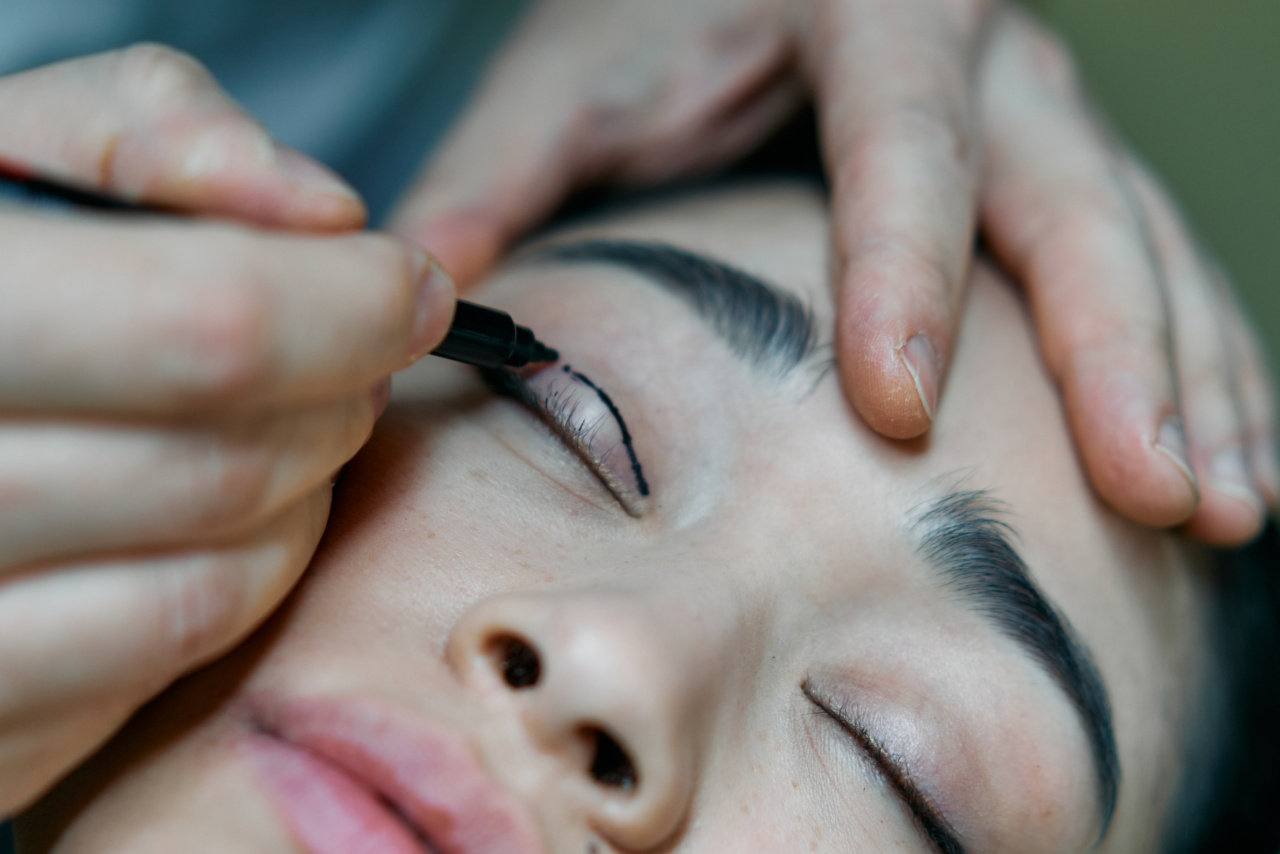Eye health is crucial at all stages of life, from childhood to adulthood. Many eye conditions and diseases can emerge in adulthood, including dry eye syndrome, which can have a significant impact on a person’s quality of life.
While it may seem unrelated, there is a link between adult dry eye and children’s eye health. Understanding this connection can help parents take proactive steps to ensure their children’s long-term eye health.
What is Adult Dry Eye?
Dry eye syndrome is a chronic condition that occurs when the eyes don’t produce enough tears or when the tears evaporate too quickly.
It can lead to various uncomfortable symptoms, such as stinging, burning, redness, blurry vision, and sensitivity to light. The contributing factors to dry eye syndrome in adults can include age, hormonal changes, certain medications, environmental factors, and underlying health conditions.
The Role of Genetics
Genetics play a significant role in eye health and can influence the risk of developing certain eye conditions. Studies have shown that if a parent has dry eye syndrome, their children may also be prone to developing the condition.
While genetics alone do not determine the development of dry eye, it does increase the likelihood. Therefore, children with a family history of dry eye should be monitored closely, as they might be more susceptible to developing dry eye syndrome themselves.
The Impact of Childhood Habits
Children’s eye health can significantly impact their long-term eye health as they age. Certain habits or conditions in childhood can contribute to the development of adult dry eye syndrome. Here are some factors to consider:.
1. Digital Devices
The extensive use of digital devices, such as smartphones, tablets, and computers, has become increasingly common among children. Prolonged screen time can cause eye strain, eye fatigue, and dry eyes.
Children who spend excessive amounts of time using digital devices without taking appropriate breaks or practicing eye care habits are more likely to develop dry eye syndrome in adulthood.
2. Contact Lens Misuse
If children wear contact lenses, it is crucial to teach them proper contact lens hygiene. Failure to clean and care for contact lenses adequately can lead to eye infections and dry eyes.
These issues in childhood can contribute to a higher risk of adult dry eye syndrome.
3. Outdoor Environment
Exposure to environmental factors, such as excessive sunlight, wind, and dust, can impact eye health. Children who spend a significant amount of time outdoors without proper eye protection, such as sunglasses, may experience eye dryness and irritation.
These environmental factors can contribute to the development of adult dry eye syndrome later in life.
4. Nutritional Factors
A healthy diet plays a crucial role in maintaining overall health, including eye health. Certain nutrients, such as omega-3 fatty acids, vitamins C and E, and zinc, are essential for maintaining proper eye function.
Lack of these nutrients in a child’s diet can increase the risk of eye problems, including dry eyes, in adulthood.
Prevention and Early Intervention
Prevention and early intervention are key to maintaining good eye health in children and reducing the risk of adult dry eye syndrome. Here are some proactive measures parents can take:.
1. Regular Eye Exams
Schedule regular comprehensive eye exams for your children. These eye exams can help detect any potential vision problems or eye conditions early on and ensure prompt treatment, if necessary.
2. Educate About Eye Care
Teach your children about the importance of proper eye care habits.
This includes taking regular breaks during digital device use, practicing the 20-20-20 rule (looking 20 feet away for 20 seconds every 20 minutes), and maintaining good contact lens hygiene if applicable.
3. Encourage Outdoor Eye Protection
Emphasize the importance of wearing sunglasses or protective eyewear when spending time outdoors, especially during periods of high sun exposure or in environments with excessive wind or dust.
4. Promote a Healthy Diet
Ensure your child’s diet includes a variety of nutrient-rich foods that support healthy eye development and function. Incorporate foods such as leafy greens, fish, citrus fruits, and nuts into their meals whenever possible.
Conclusion
While it may not seem obvious, there is a link between adult dry eye and children’s eye health. Factors such as genetics, childhood habits, and environmental influences can contribute to the development of dry eye syndrome in adulthood.
By understanding this link, parents can take proactive steps to protect their children’s eye health and minimize the risk of future eye problems. Regular eye exams, education about eye care habits, promoting outdoor eye protection, and encouraging a healthy diet are essential in maintaining optimal eye health throughout childhood and into adulthood.



























